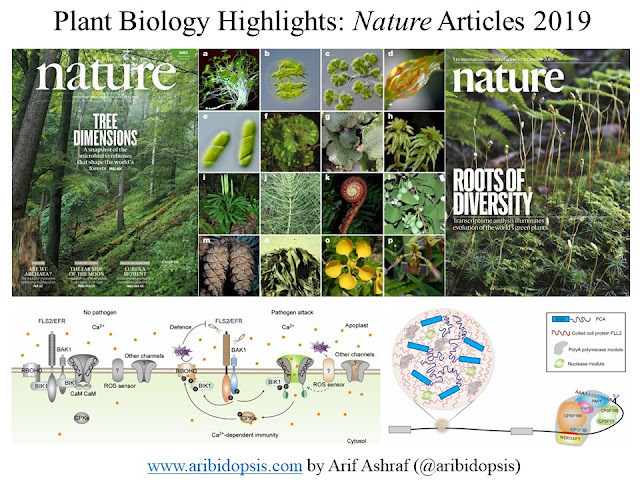Mystery of edible Corn: A single base mutation
About 9000 years ago in Mexico, humans
domesticated corn from the wild grass teosinte, whose kernels were covered by a
tough shell, making them unpalatable to humans. For decades, scientists have
studied how the wild maize could have been transformed into the plant we now
eat, eventually zeroing in on the gene, known as tga1, that regulates other
genes involved in producing the kernels’ casing. Now, a new study in Genetics has
compared corn and teosinte further and found that a single DNA base swap — from C to G —in tga1 (teosinte
glume architecture1) triggered the creation of the soft, uncovered
kernels over the next few thousand years. The findings show how selections made
by ancient plant breeders initiated minor genetic changes that allowed corn to
evolve into the familiar cob we have today.
For the original article follow the link below:
The news was published at Science Magazine News on
14th July, 2015





Comments
Post a Comment